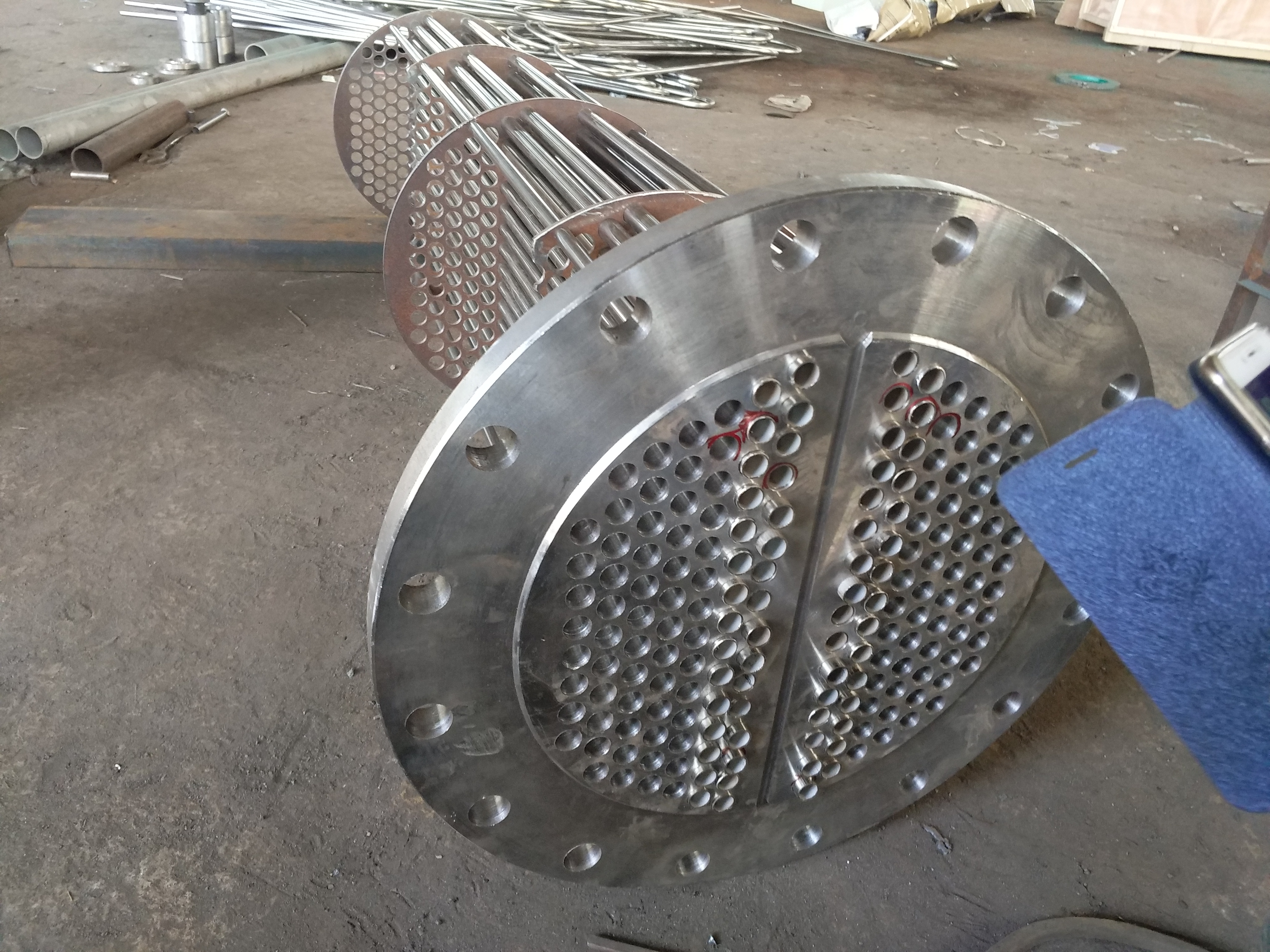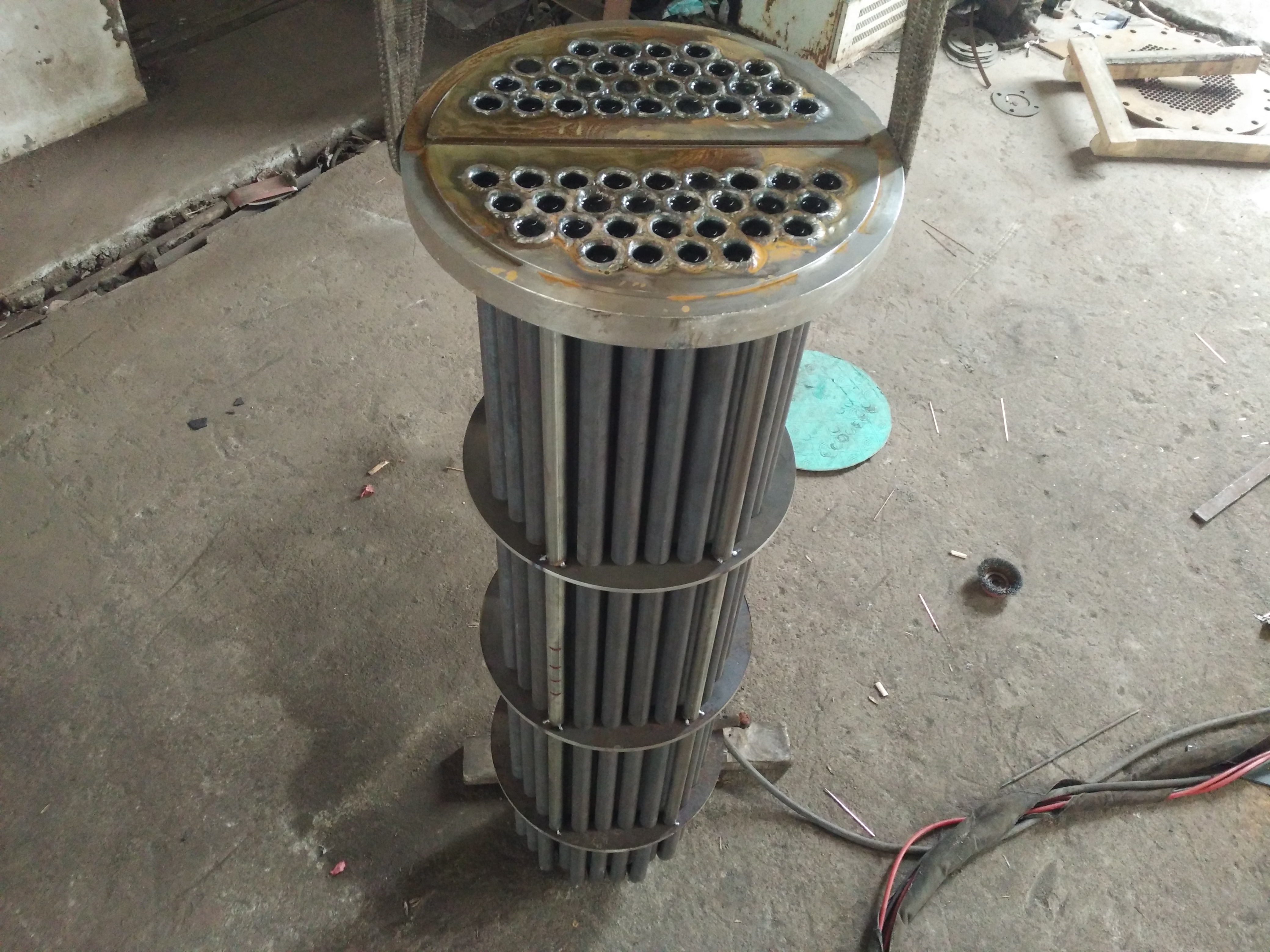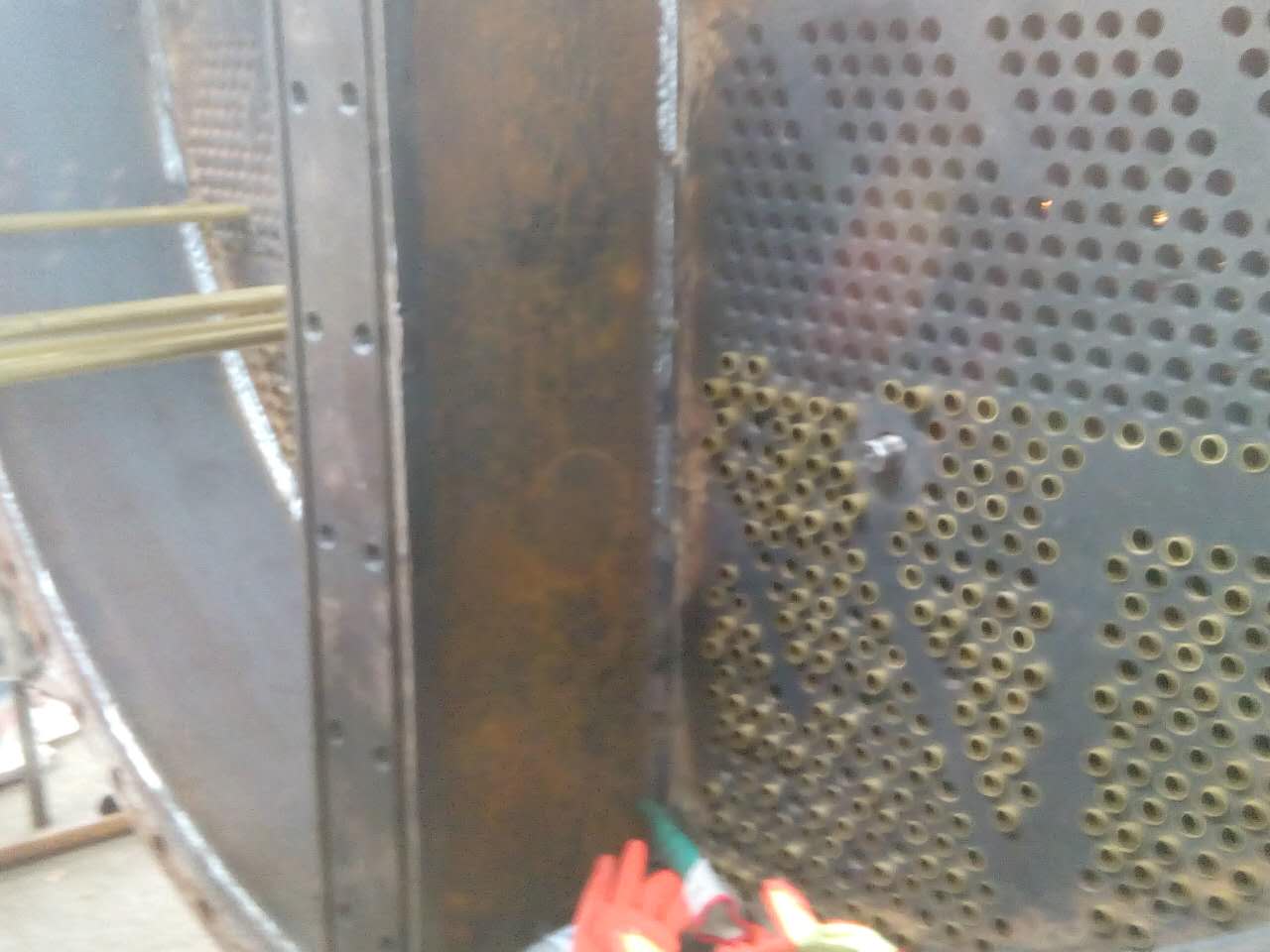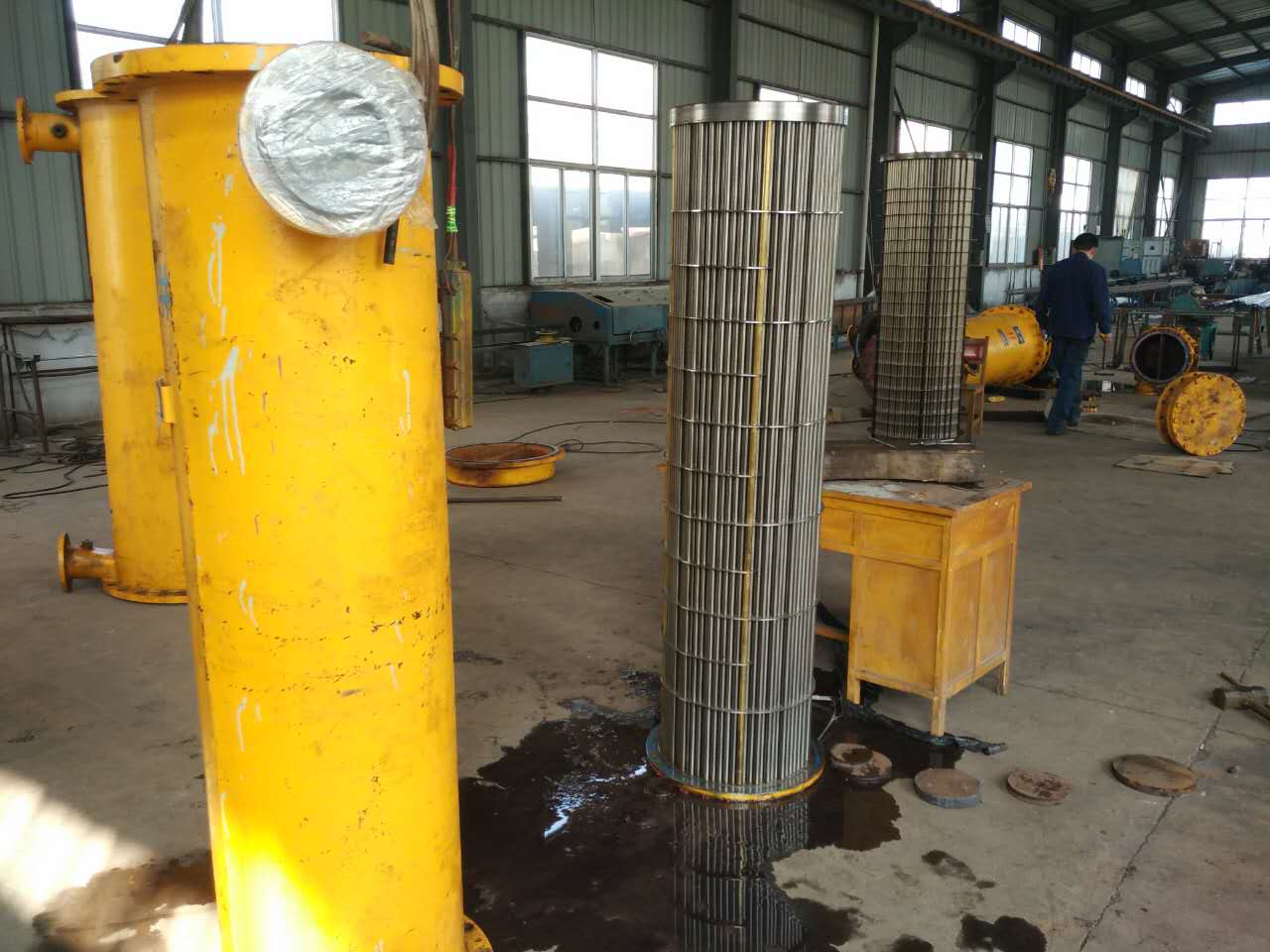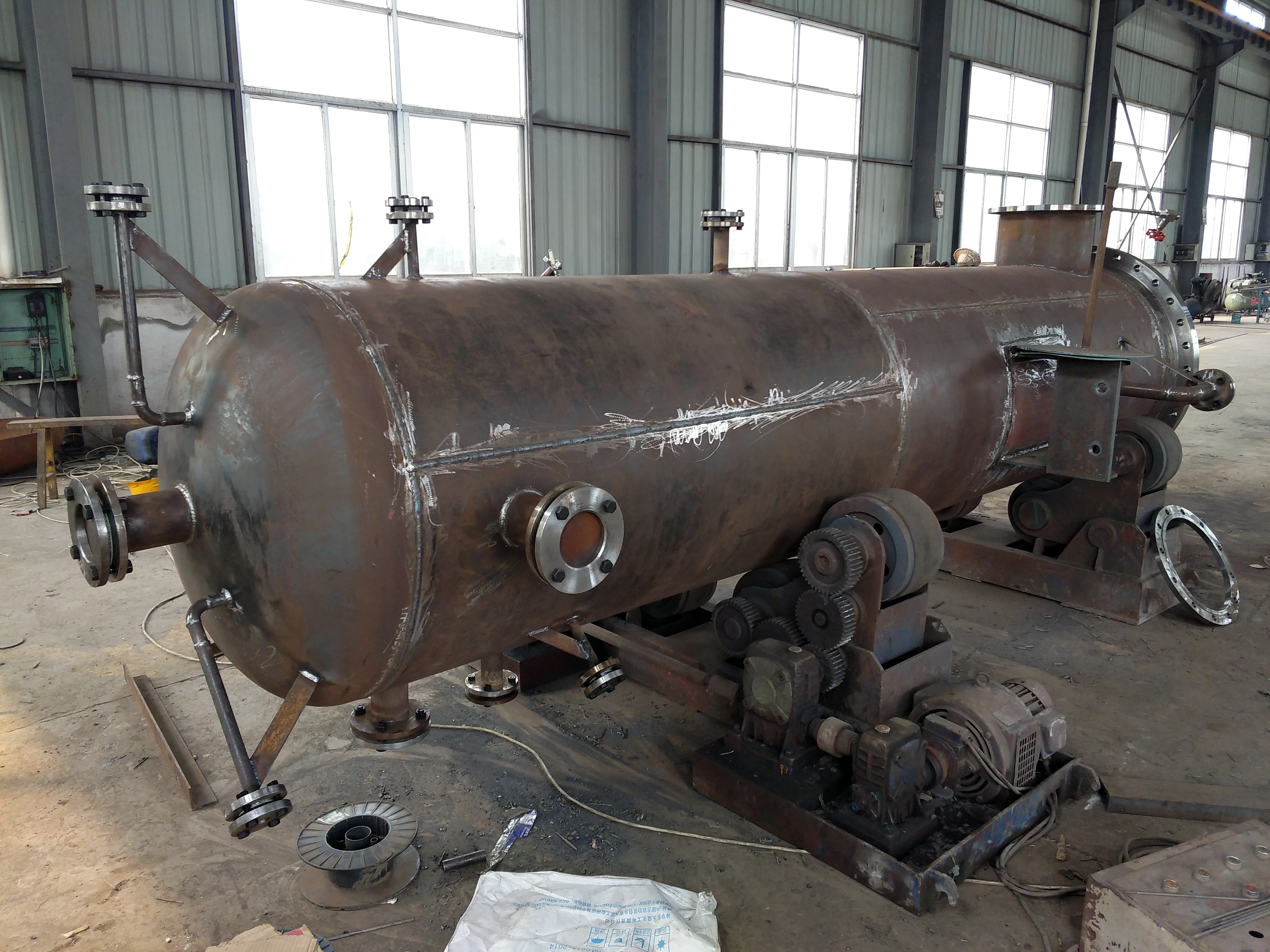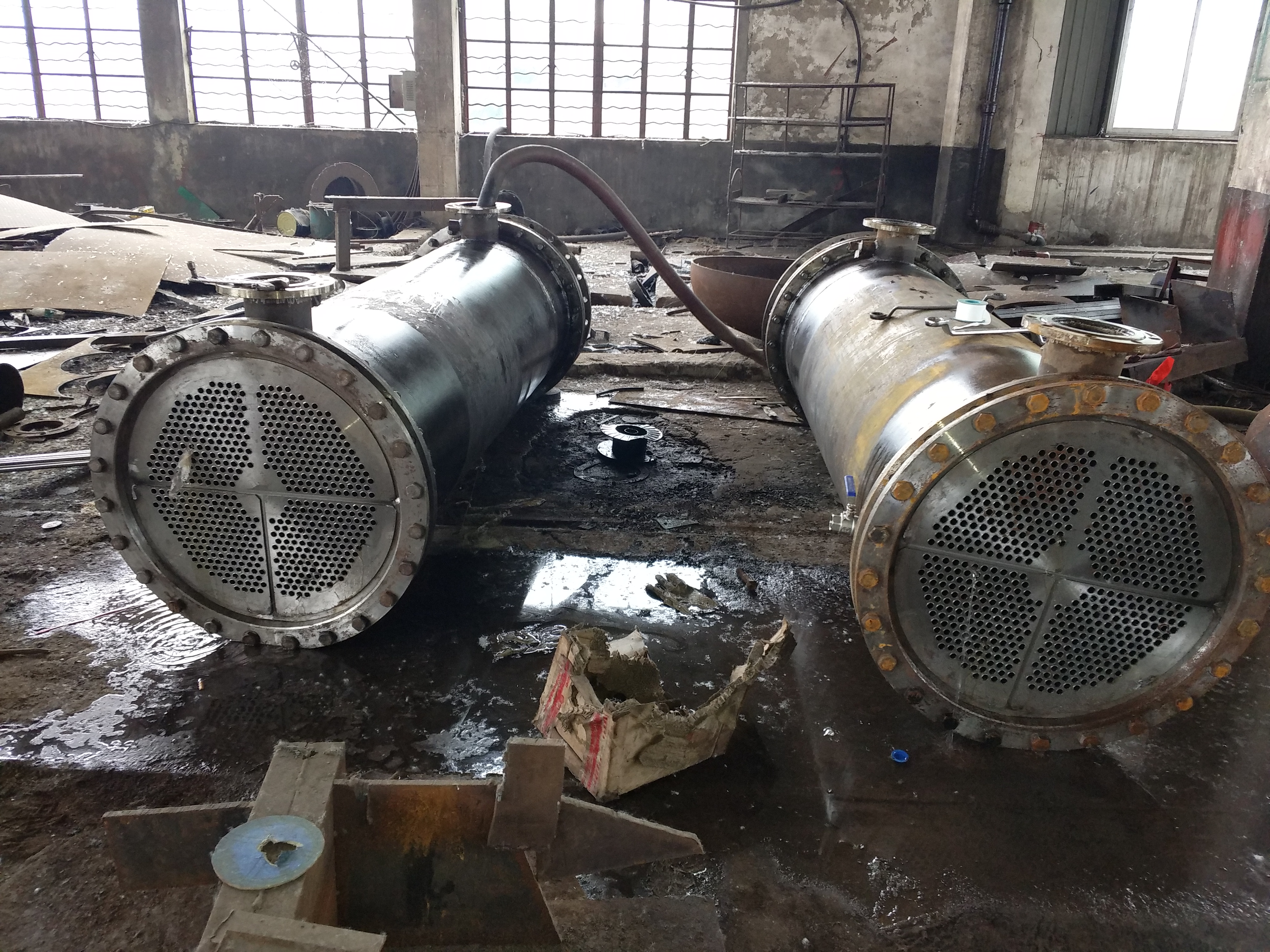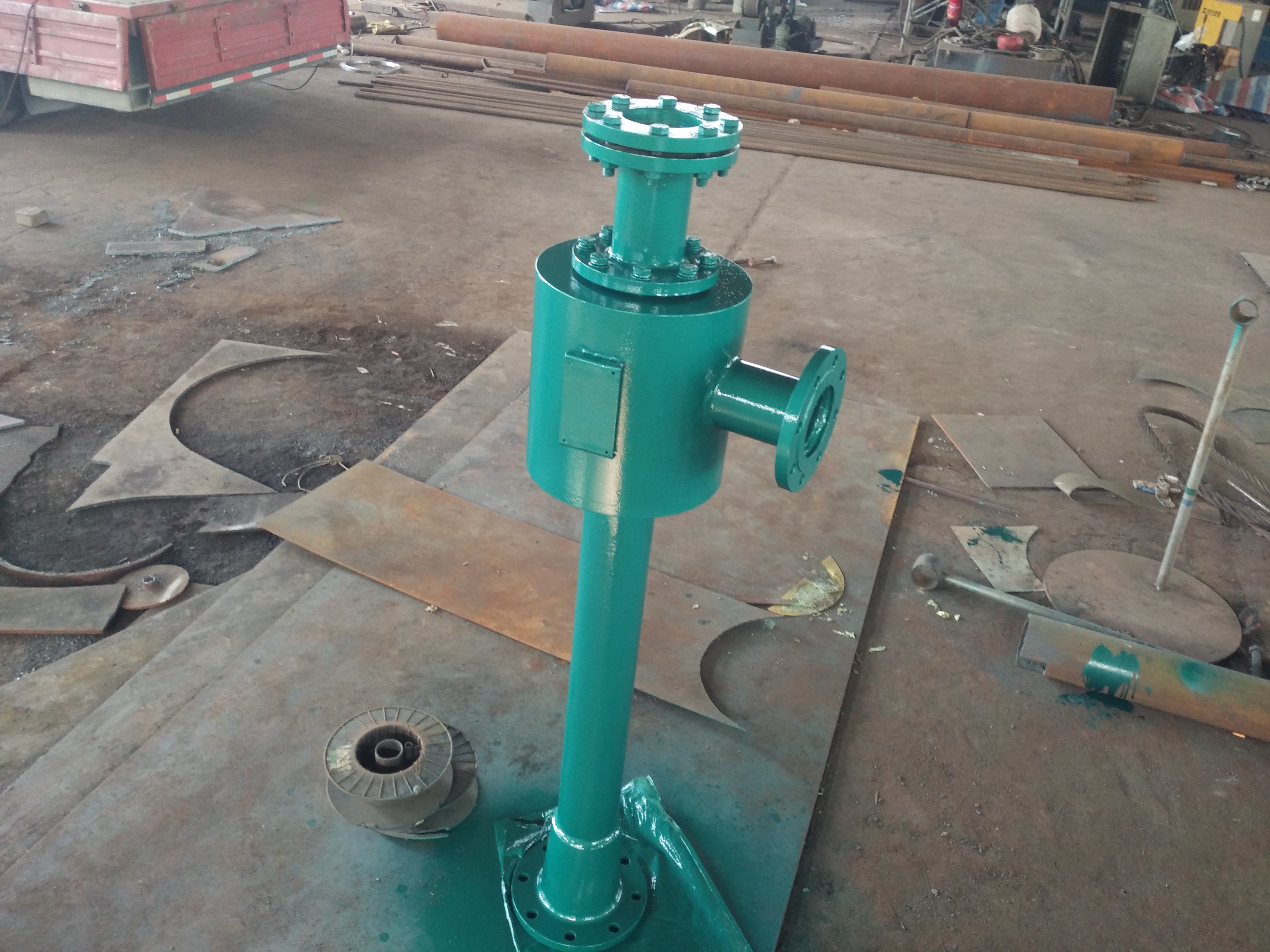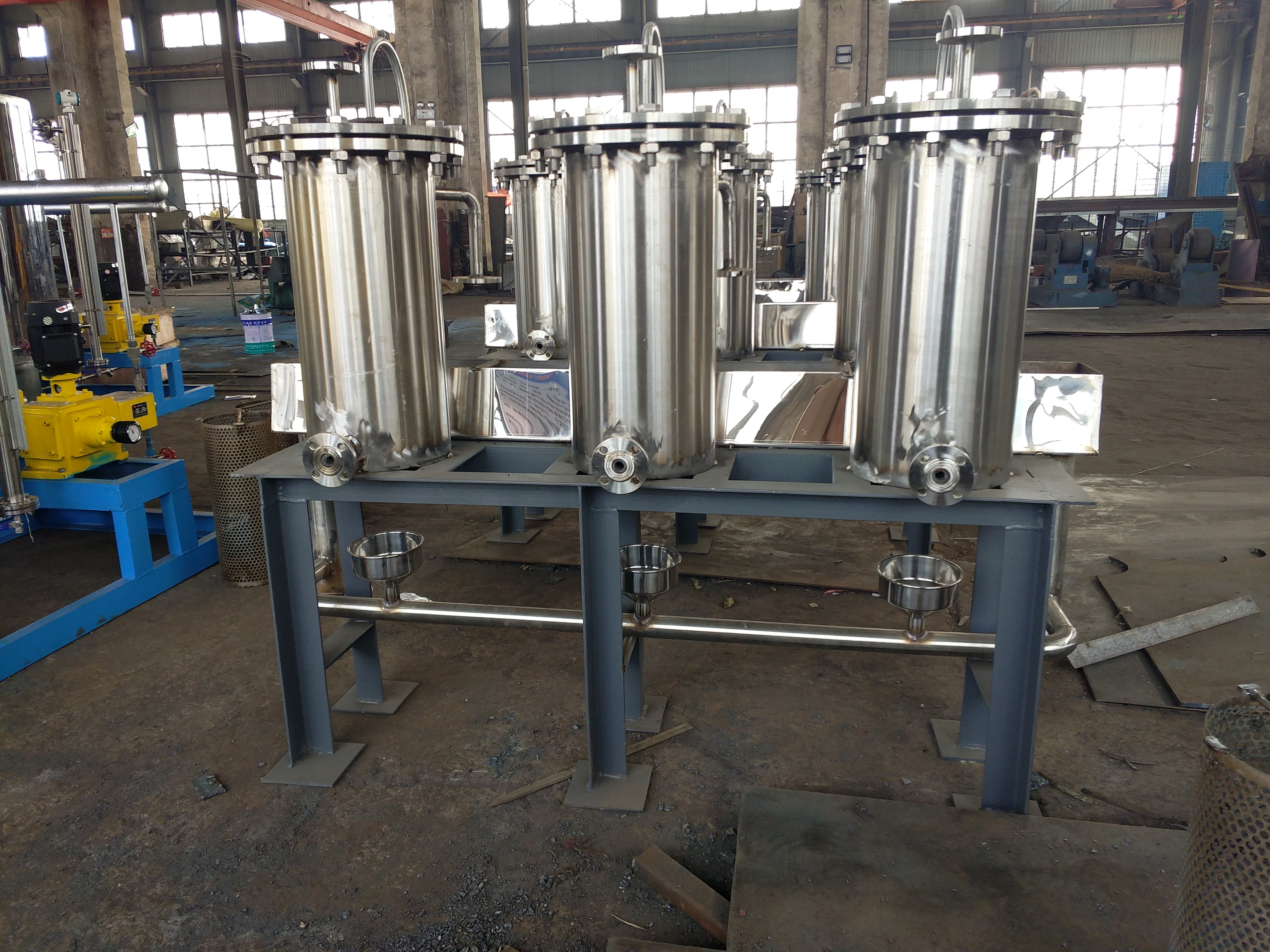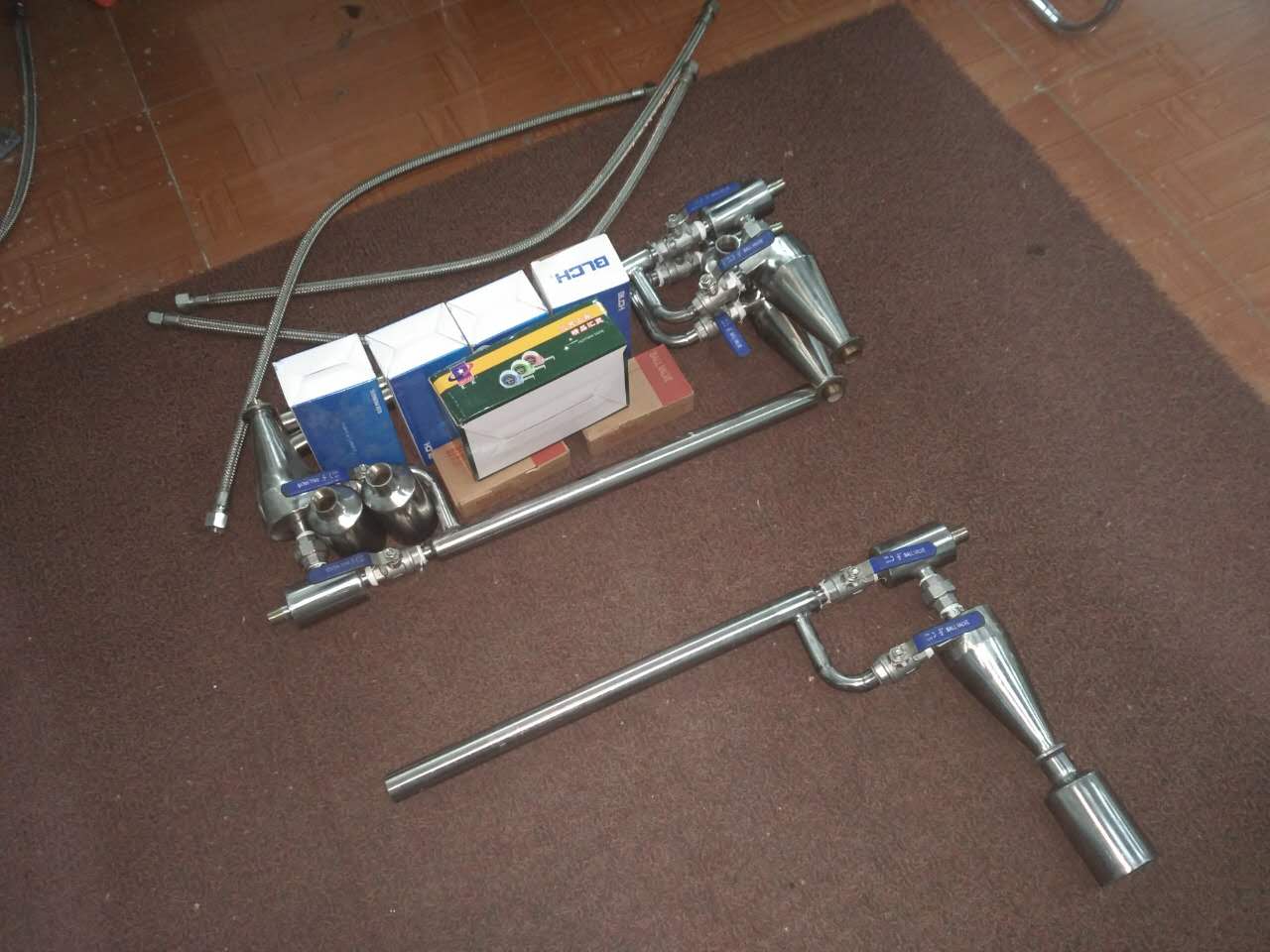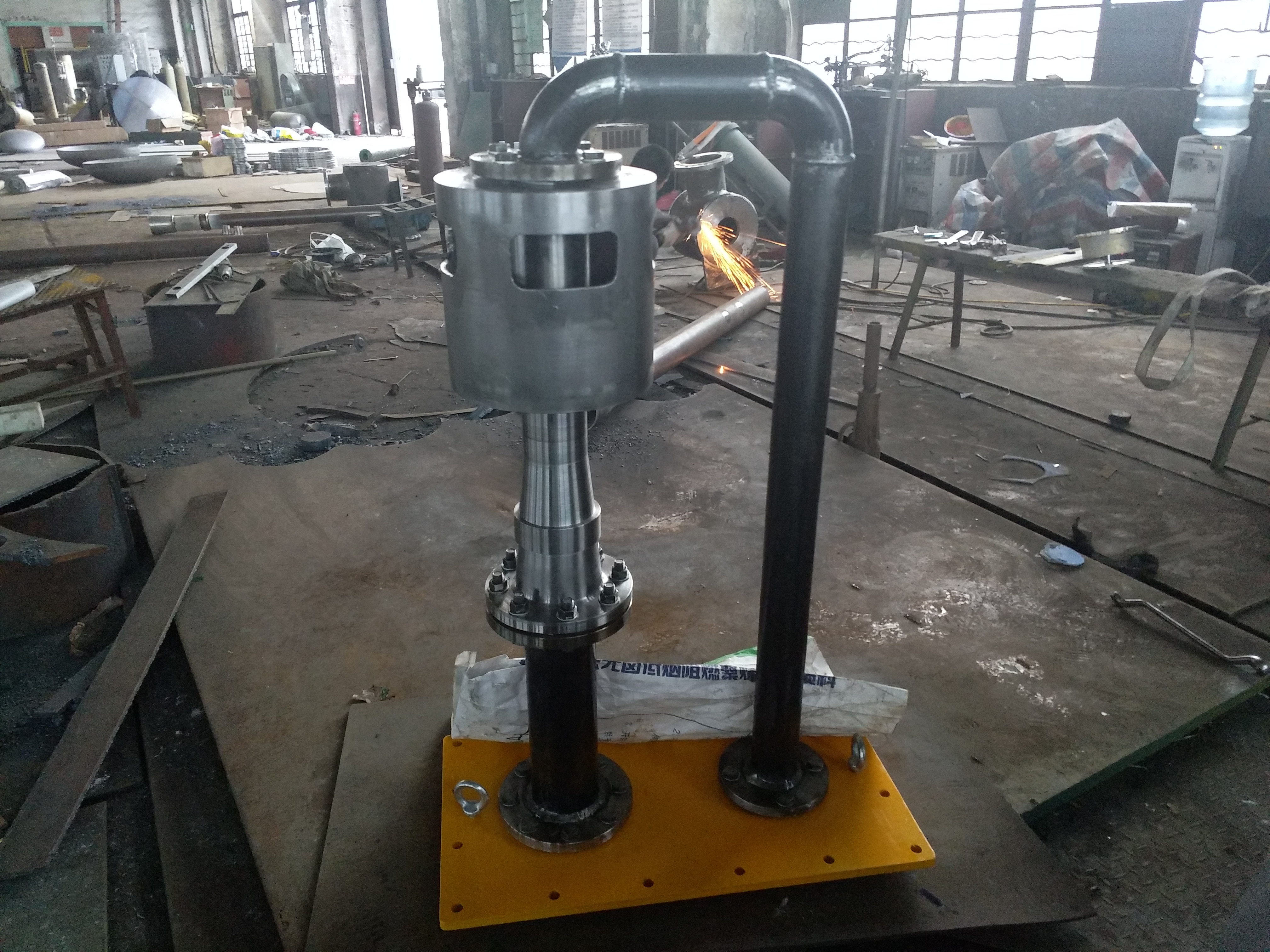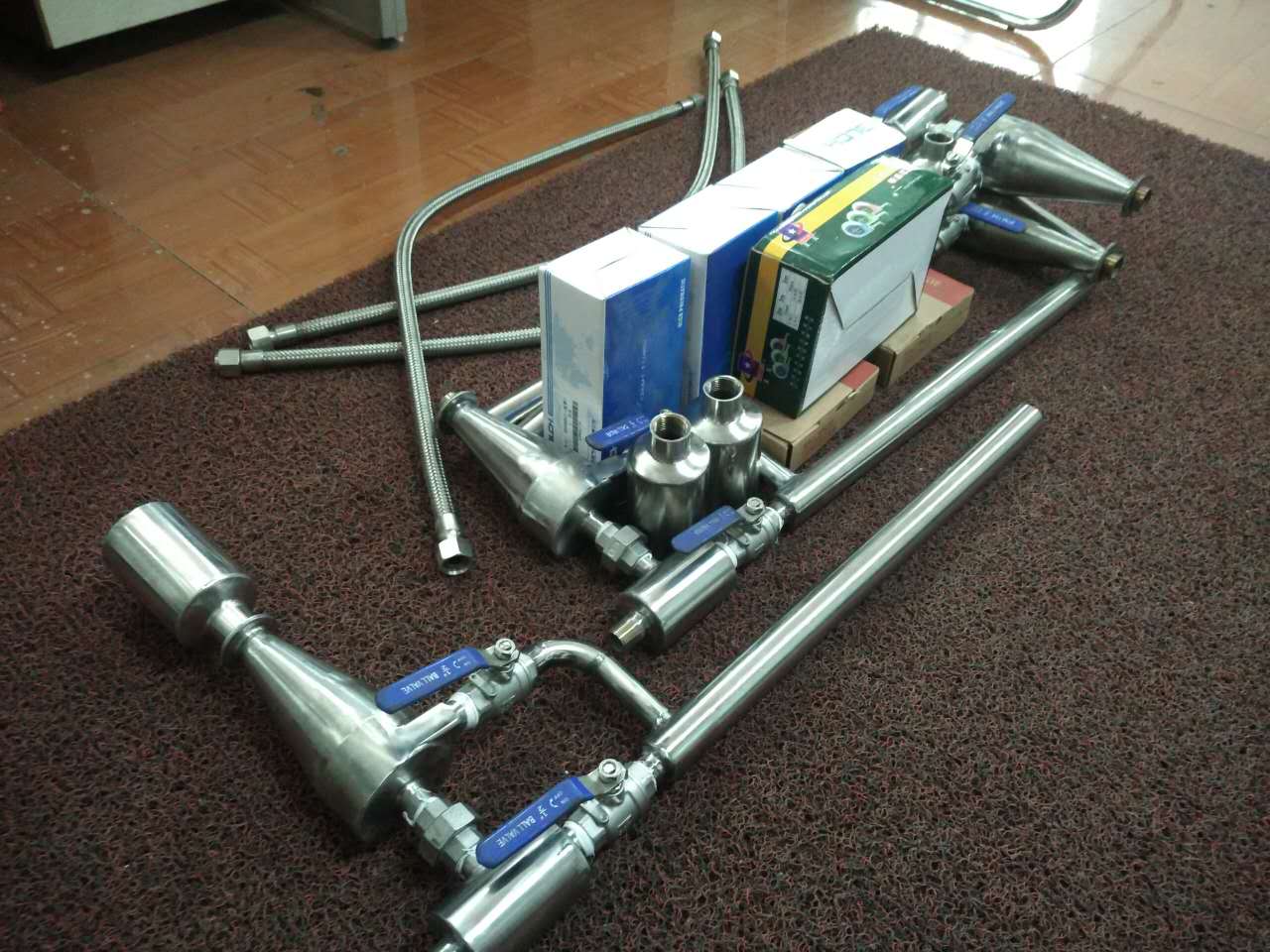The centrifugal fan muffler is developed based on the principle of soundproof sheet noise reduction. This type of muffler has good acoustic performance and good aerodynamic performance; Reasonable structure, easy to install, it is a high wind resistance honeycomb muffler, which adopts a chamber resistant adhesive straight pipe channel and a cross shaped sound-absorbing plate form, thereby ensuring sufficient noise reduction within a wide frequency band range. The muffler structure is composed of several parallel unit muffler tubes arranged in a row, with holes filled with sound-absorbing materials between the muffler tubes. In order to reduce the radiation sound generated by airflow and shell wall vibration, reinforcement ribs are installed on the outer shell. The forms of fan silencers, centrifugal fan silencers, and drum induced draft fan silencers all adopt the principle of resistance absorption noise reduction with good results for low frequency and pulsation, as well as micro perforated silencers and impedance composites.
Classification:
Fan silencers are divided into: centrifugal fan silencers, Roots fan silencers, blower silencers, and axial flow fan silencers.
Fan eliminators are mainly used to reduce the aerodynamic noise of various fan air outlets, air ducts, and enclosed machine room air intakes.
According to the different inlet and outlet structures of the fan, it is divided into circular structures and rectangular structures.
(1) The circular junction is divided into two types: type A and type B. Both ends of type A are flange plates, directly connected to the pipeline (i.e. pipeline silencer). Type B is a flange at the end, and the other end is directly vented to the atmosphere (rainproof hood can be installed). It is only suitable for outdoor pipeline ends and enclosed machine room air intakes.
(2) The resistance type sound-absorbing plate with a circular structure has a general thickness of 100mm, 150mm, and a sound-absorbing capacity of 15-30dB (A). Under the condition of wind speed of 5-12m/s, the applicable air volume is 1000-50000m3/h. The conclusion is to use impedance two types of noise reduction zones for high-frequency and low-frequency noise reduction, in order to maximize the broadening of the noise reduction frequency band.
Conclusion - Principle:
Based on the frequency spectrum data obtained from inter site testing of various types of industrial wind turbines, the main basis for designing sound absorbing bodies and fluid channels is to determine which frequency range requires a large amount of noise reduction. At the same time, narrow rectangular channels with larger sound absorbing material finishes are used to enhance absorption results. In addition, the noise of a fan often has more than one spectral value when there is large noise, and the requirements for noise reduction vary for different spectral bands.
For this purpose, the series of ventilation duct eliminators and drum induced draft fan eliminators are both impedance sound flow type, using a resistive structure that absorbs and suppresses high and low frequency noise, as well as an impedance structure that suppresses and reduces low and high frequency noise. At the same time, two types of absorption and attenuation zones, high-frequency and low-frequency, are used in the resistive channel to maximize the broadening of the noise reduction frequency band and achieve good noise reduction results.
Ventilation duct eliminators and drum induced draft fan eliminators are suitable for various types of centrifugal, axial, Roots fans, and air compressors.
Application and Production of Fan Silencers:
Fans are a type of general mechanical equipment with a wide range of applications. Sales in various industries such as electricity, mining, machinery, metallurgy, and chemical industry all rely on fans. The noise generated by the operation of the fan has become a disaster that affects the health of workers and interferes with the environment- The aerodynamic noise emitted by the air inlet and outlet of fans, especially those in neighboring residential areas, is the main factor polluting the environment and causing public hazards. It has become one of the main targets of noise pollution in our industrial sector in recent years.
Industrial fans are equipment that operates continuously- The International Organization for Standardization (ISO) specifies a noise standard of ≤ 90 decibels for this type of equipment. My standard is the same, which is also the basis for industrial enterprises to continuously meet noise standards. However, without using noise reduction measures, the noise emitted from the fan inlet and outlet into the environment can reach 110-120 decibels, greatly exceeding the standard requirements.
This muffler series is produced as an impedance acoustic flow type. Based on the data obtained from the on-site noise testing of various types of wind turbines in the power plant, our factory determines which spectral range requires a large amount of noise reduction as the main basis for designing sound absorption film structures and fluid channels. At the same time, narrow rectangular channels with large sound absorption material finishes are used to enhance absorption results. We know that the noise of a fan often has more than one spectral value when there is large noise, and the requirements for noise reduction vary for different spectral bands. For this purpose, this product adopts a resistive structure that suppresses high and low frequency noise, as well as an impedance structure that suppresses low and high frequency noise. At the same time, high-frequency and low-frequency noise reduction zones are used in the resistive channel to maximize the bandwidth of noise reduction and achieve good noise reduction results.
Please provide the following information when ordering a fan muffler:
1) Fan model and usage scenario;
2) Fan air volume and wind speed;
3) Size of the nozzle;
Applicable scope:
Mainly used to reduce the aerodynamic noise of the air inlet, air duct, and enclosed machine room air inlet of various series (8-18 and 9-27 types) of high-pressure centrifugal fans, and can also be used for noise reduction of boiler induced draft fans and blowers. According to different usage requirements, there are two types: A and B. Type A has flanges at both ends and is directly connected to the pipeline. Type B has rainproof wind caps at both ends and is only suitable for outdoor pipeline ends and enclosed machine room air intakes. The noise reduction is 25dB (A), and the pressure loss is less than 300Pa.
Specification selection table:
序號 | 法蘭內徑
D(mm) | 外形尺寸(mm) | 有-長度L(mm) | 風量
(m3/h) |
外徑D | 安裝長度L1 | A型 | B型 |
A型 | B型 |
1 | 230 | 450 | 1500 | 1500 | 1100 | 1350 | 2000 |
2 | 340 | 600 | 1600 | 1600 | 1200 | 1450 | 5000 |
3 | 420 | 730 | 1750 | 1750 | 1300 | 1600 | 8000 |
4 | 500 | 790 | 1800 | 1800 | 1350 | 1650 | 12000 |
5 | 580 | 900 | 1900 | 1930 | 1450 | 1780 | 16000 |
6 | 650 | 950 | 1950 | 2030 | 1500 | 1880 | 20000 |
7 | 700 | 1000 | 2100 | 2230 | 1650 | 2080 | 25000 |
8 | 780 | 1100 | 2150 | 2300 | 1680 | 2150 | 30000 |
9 | 840 | 1180 | 2200 | 2380 | 1720 | 2200 | 35000 |
10 | 900 | 1330 | 2300 | 2450 | 1750 | 2250 | 40000 |
11 | 1000 | 1420 | 2350 | 2550 | 1800 | 2350 | 50000 |



